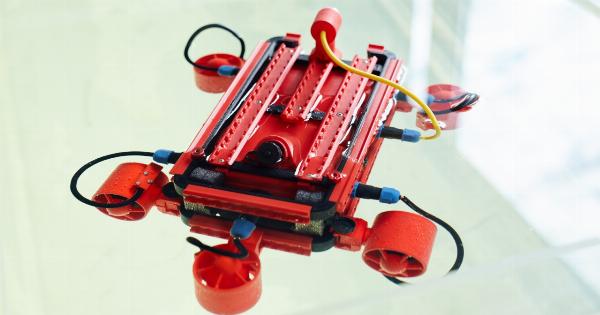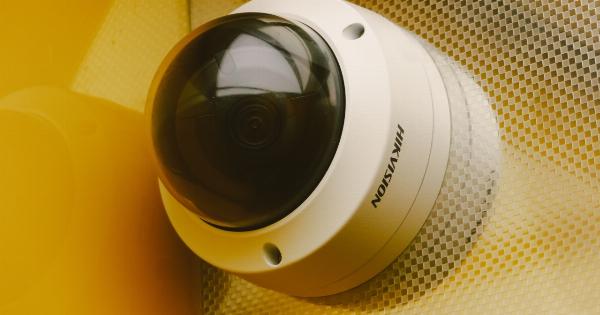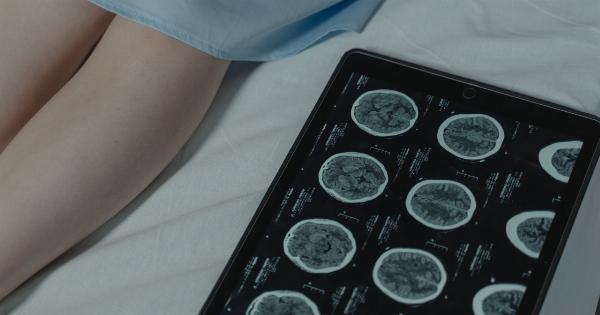The internet is a vast and complex place, and Google is its guiding light – the tool that we rely on to navigate it. Google has become a household name, with 90% of all web searches being conducted on the platform. But how intelligent is Google, really?.
What is artificial intelligence (AI)?
Before we dive into Google’s intelligence, it’s important to understand what artificial intelligence (AI) is.
AI is a system that can perform tasks that typically require human intelligence, such as recognizing speech, making decisions, and learning. AI is often divided into three categories:.
- Artificial narrow intelligence (ANI): This is AI that can only perform one specific task. For example, a calculator is an ANI system because it can only perform mathematical calculations.
- Artificial general intelligence (AGI): This is AI that can perform any intellectual task that a human can.
- Artificial super intelligence (ASI): This is AI that surpasses human intelligence in every way.
It’s important to note that we have not yet developed an AGI or ASI system. The AI we use today is ANI, and it’s limited to the specific tasks it was designed for.
Google’s AI capabilities
Google’s AI capabilities are often touted as some of the most advanced in the world. But what exactly does Google’s AI do? Here are a few examples:.
- Google Translate: Google uses AI to translate text from one language to another.
- Google Photos: Google uses AI to identify objects and people in photos and categorize them accordingly.
- Google Maps: Google uses AI to provide real-time traffic updates and suggest the fastest route based on current conditions.
- Google Search: Google uses AI to understand the intent behind a search query and provide relevant results.
While these achievements are impressive, it’s important to remember that Google’s AI is still ANI. It can perform specific tasks, but it’s not capable of understanding the world in the same way humans can.
How Google’s AI works
So how exactly does Google’s AI work? The answer is complicated, but it can be broken down into a few key steps:.
- Data collection: Google collects vast amounts of data from a variety of sources, including search queries, user behavior, and website content.
- Data processing: Google uses complex algorithms to analyze and make sense of the data it collects. These algorithms are constantly being updated and refined based on new data.
- Machine learning: Machine learning is a subset of AI that allows a system to improve its performance over time based on experience. Google uses machine learning to continuously improve its algorithms and provide better results.
- Human evaluation: Despite the power of its AI, Google still relies on humans to evaluate and improve its search results. This is because some search queries require a human touch to provide the most relevant results.
While Google’s AI is impressive, it’s important to remember that it’s not perfect. Google’s algorithms can be manipulated by spammy content and fake news, and the company has faced criticism for biased search results.
Additionally, Google’s AI is only as good as the data it has access to, and there are limitations to the amount of data that can be collected and analyzed.
The limitations of ANI
One of the biggest limitations of ANI is its lack of understanding. ANI is only capable of performing the specific tasks it was designed for – it can’t generalize or understand the world in the same way a human can.
This is why Google’s AI is capable of translating languages or identifying objects in photos, but it’s not capable of understanding the cultural context of language or the emotional subtleties of a photograph.
Another limitation of ANI is its inability to think creatively. ANI systems can only produce outputs that are based on their programming, whereas humans are capable of thinking outside of the box and coming up with new ideas and solutions.
The future of AI
Despite its limitations, AI is already having a significant impact on our lives, and it will continue to do so in the future. Here are a few predictions for where AI is headed:.
- Increased automation: AI will continue to automate tasks that were previously performed by humans, such as customer service and data entry.
- Improved healthcare: AI will help healthcare professionals diagnose and treat disease more effectively, using data from medical histories and genetic testing.
- Smarter machines: ANI systems will become more sophisticated, allowing them to understand and interact with the world in new ways.
- AGI and ASI: While we’re still far from developing AGI or ASI, some experts predict that we could see significant progress in this area in the next few decades.
The illusion of Google’s intelligence
So, is Google truly intelligent? While the company’s AI capabilities are impressive, it’s important to remember that they’re still limited by their programming.
Google’s AI is capable of performing specific tasks incredibly well, but it lacks the understanding and creativity that makes human intelligence so powerful.
Additionally, the term “artificial intelligence” can be misleading.
While ANI systems are capable of performing tasks that we typically associate with intelligence, they lack the consciousness and self-awareness that we associate with human intelligence. ANI systems do not “think” or “feel” in the same way humans do – they’re simply following their programming.
So, while Google’s AI is certainly impressive, it’s important to remember that it’s not a replacement for human intelligence.
Rather, it’s a tool that we can use to augment our own intelligence and accomplish tasks more efficiently.


























